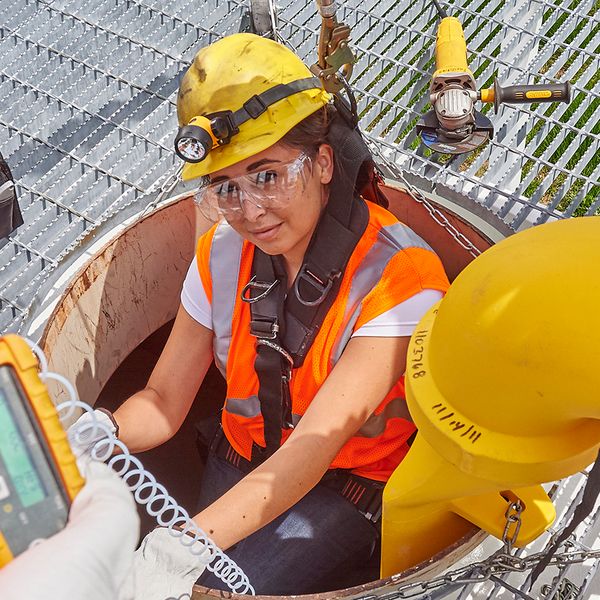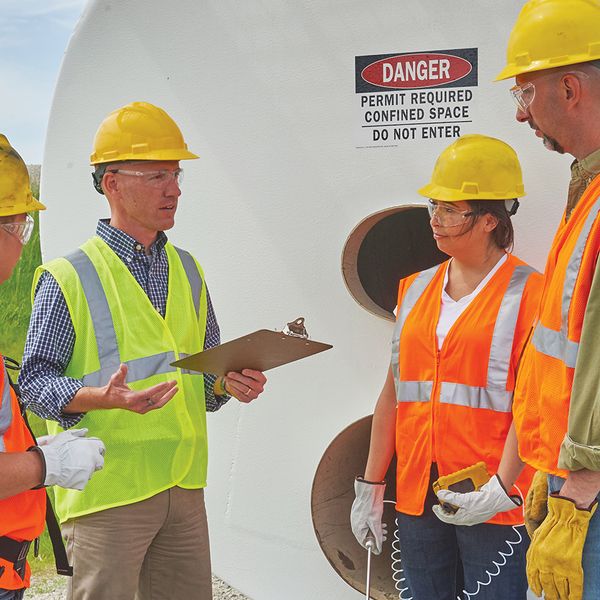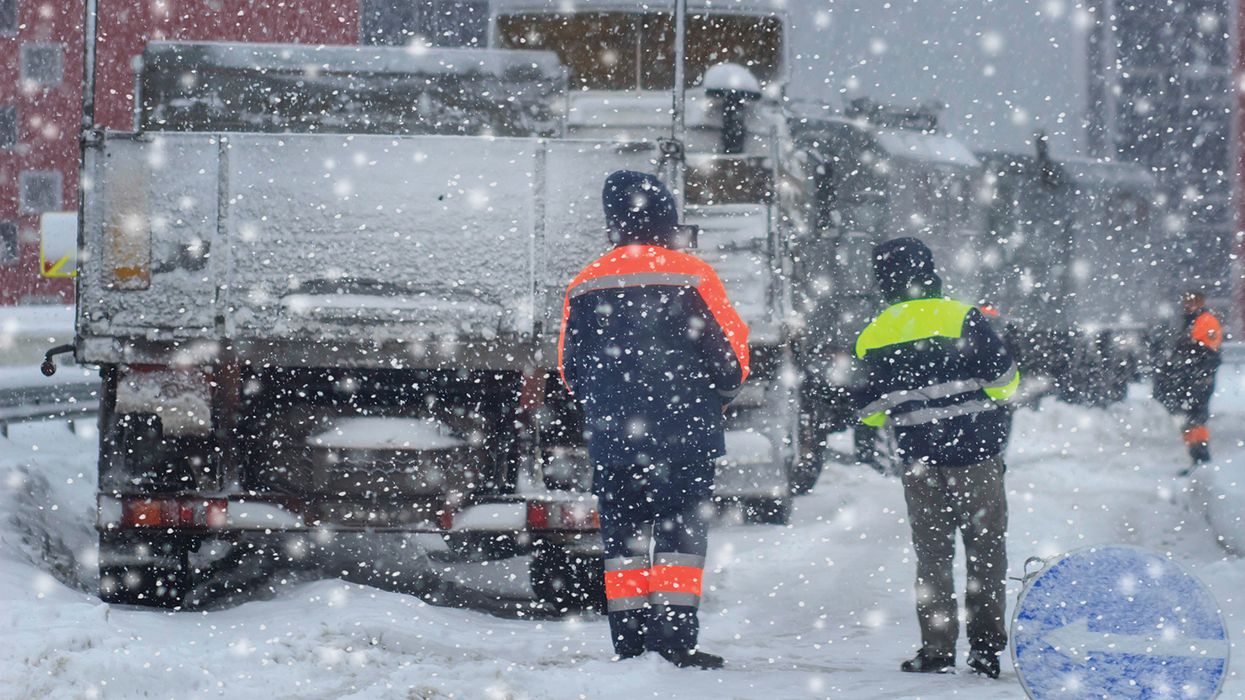Alternate entry procedures When can they be used?
The Agency regularly publishes OSHA news about citations or injuries stemming from confined space entry incidents. Many employers fail to establish proper entry procedures for entrants. The confined space standard includes alternate entry procedures under 1910.146(c)(5) that allow for entry without a permit under certain conditions. These procedures allow an employer to avoid the need for a permit system, rescue services, and certain other requirements if:
- An employer can demonstrate that the only hazard posed by the permit space is an actual or potentially hazardous atmosphere,
- An employer can demonstrate that continuous forced air ventilation alone is sufficient to maintain that permit space safe for entry,
- An employer develops monitoring and inspection data that support these demonstrations (if an initial entry of the permit space is needed to obtain this data, that entry must follow the program and entry permit requirements),
- The determination and supporting data are documented and made available to each employee who enters the space or to each employee’s authorized representative, and
- Entry into the permit space follows the requirements of paragraph (c)(5)(ii) as outlined below.
The requirements for entering a space under the alternate entry procedures of paragraph (c)(5)(ii) are as follows:
- Any conditions making it unsafe to remove an entrance cover must be eliminated before the cover is removed.
- When entrance covers are removed, the opening must be promptly guarded by a railing, temporary cover, or other temporary barriers that will prevent an accidental fall through the opening and protect each employee working in the space from foreign objects entering the space.
- Before anyone enters, the internal atmosphere must be tested with a calibrated direct-reading instrument for oxygen content, flammable gases and vapors, and potential toxic air contaminants, in that order. Any employee who enters, or that employee’s authorized representative, must be allowed to observe this pre-entry testing.
- There may be no hazardous atmosphere within the space whenever any employee is inside the space.
- Use continuous forced air ventilation as follows:
- An employee may not enter the space until the forced air ventilation has eliminated any hazardous atmosphere;
- The forced air ventilation must be directed to ventilate the immediate areas where an employee is or will be present within the space and must continue until all employees have left the space; and
- The air supply for the forced air ventilation must be from a clean source and may not increase the hazards in the space.
- As necessary, entrants must periodically test the atmosphere within the space to ensure that the ventilation prevents the buildup of a hazardous atmosphere. Any employee who enters, or that employee’s authorized representative, must be allowed to observe this periodic testing.
- If a hazardous atmosphere is detected during entry:
- Each employee must leave the space immediately;
- A competent person must evaluate the space to determine how the hazardous atmosphere developed; and
- Employers must protect employees from the hazardous atmosphere before any subsequent entry.
The employer must verify that the space is safe for entry and that the above pre-entry measures have been taken through a written certification that contains the date, the location of the space, and the signature of the person providing the certification. The certification must be made before entry and available to each employee entering the space or to that employee’s authorized representative.
In order to use alternate entry procedures, the data must demonstrate that there are no non-atmospheric hazards and that the ventilation will keep the air inside the permit space safe for entry. This should include the following:
- Volume of the space to be entered;
- Capacity and configuration of the ventilation equipment to be used; • Identified atmospheric hazards and potential hazards;
- The sampling results from routine testing of the space from the time ventilating began through the final determination of acceptable entry conditions; and
- Atmospheric hazards created by work in the space.
Employers must ensure that entrants are adequately trained in confined space entry procedures. Identify a competent person with whom workers can speak about their questions or assist with assessing hazards and implementing controls.



















































